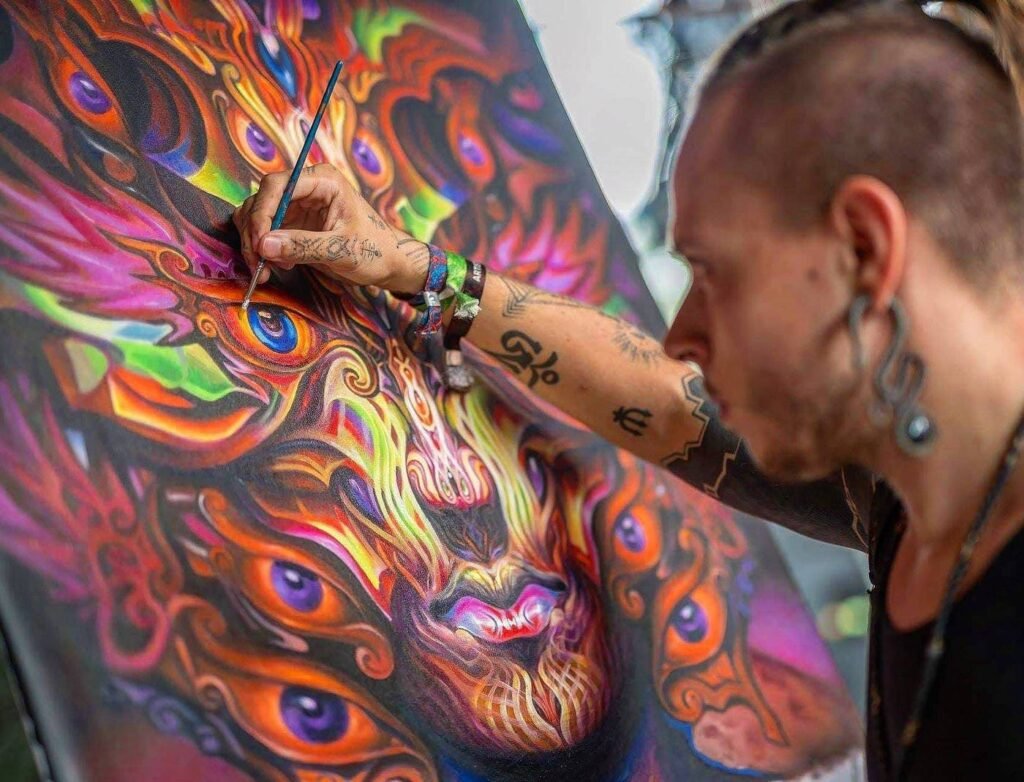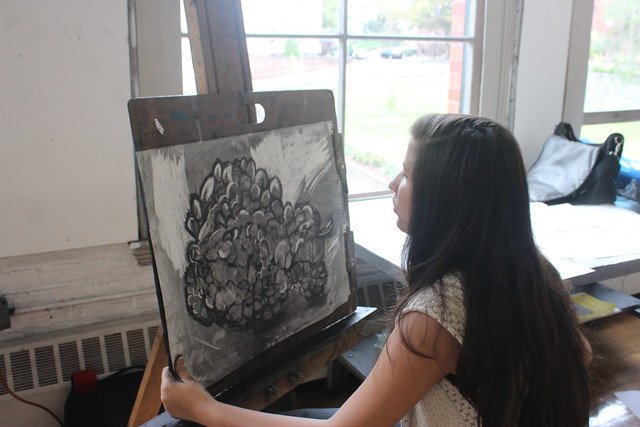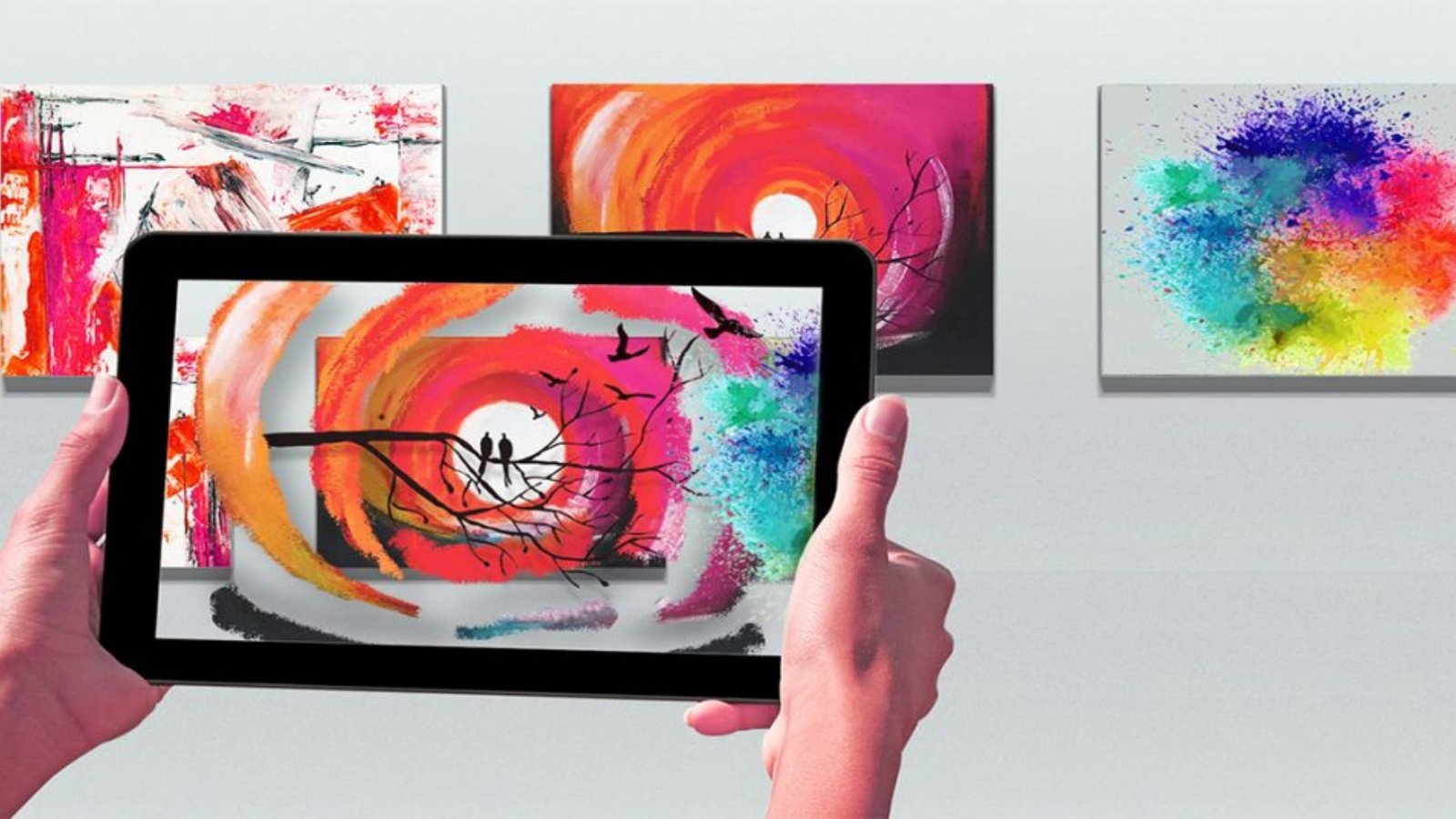As a visual artist, discovering your unique artistic voice is crucial for creating impactful work. To begin with, immerse yourself in various art forms and styles to understand what resonates with you. Experiment with different mediums, techniques, and subjects to find what you’re passionate about. This exploration phase helps you identify your preferences and strengths, allowing you to develop a distinctive style. Remember, finding your voice is a journey, and it may evolve as you gain more experience and insights into your artistic inclinations.

Developing a Creative Routine
Once you have a sense of your artistic voice, establishing a creative routine can significantly enhance your productivity and creativity. Setting aside dedicated time each day or week for art-making ensures that you remain consistent in your practice. This routine doesn’t need to be rigid; rather, it should be flexible enough to accommodate your creative flow. By incorporating regular practice into your schedule, you can continually refine your skills, experiment with new ideas, and make steady progress in your artistic journey.
Exploring Various Techniques and Mediums
To expand your capabilities as a visual artist, exploring various techniques and mediums is essential. Experimenting with different materials, such as acrylics, watercolors, digital tools, or mixed media, allows you to discover new ways of expression and broaden your creative range. Each medium offers unique possibilities and challenges, contributing to the development of your artistic repertoire. By embracing diverse techniques, you not only enhance your skill set but also open yourself up to innovative ways of conveying your artistic vision.
Seeking Inspiration and Staying Motivated
Inspiration can come from various sources, such as nature, art history, or personal experiences. To stay motivated, make a habit of seeking out new sources of inspiration regularly. Visiting galleries, reading art books, and following contemporary artists can spark fresh ideas and keep your creative energy flowing. Additionally, surrounding yourself with a supportive community of fellow artists can provide encouragement and constructive feedback. Staying motivated involves continuously engaging with your art and remaining open to new experiences that fuel your creativity.
Building and Showcasing Your Portfolio
As a visual artist, building and showcasing a strong portfolio is vital for demonstrating your skills and attracting opportunities. Your portfolio should feature a diverse selection of your best work, highlighting your versatility and range. Include pieces that reflect your unique style and artistic achievements, and ensure that each entry is presented professionally. In today’s digital age, creating an online portfolio or website can greatly enhance your visibility and reach, allowing you to connect with a broader audience and potential clients.
Networking and Collaborating with Other Artists
Networking and collaborating with other artists can significantly benefit your growth as a visual artist. Engaging with the artistic community provides opportunities for learning, sharing ideas, and gaining valuable feedback. Participating in art shows, workshops, and online forums can help you build connections and expand your network. Collaborations with other artists can also lead to exciting projects and innovative approaches, pushing the boundaries of your creativity and exposing you to new perspectives.
Continuously Evolving Your Skills
To truly excel as a visual artist, it’s essential to embrace a mindset of continuous learning and growth. Regularly seek out new techniques, tools, and trends in the art world to keep your skills sharp and your work relevant. Attend workshops, take online courses, and stay informed about advancements in art technology. By continually evolving your skills and staying curious, you ensure that your artistic practice remains dynamic and engaging.
Conclusion
Creating as a visual artist involves a blend of self-discovery, consistent practice, and ongoing learning. By finding your unique artistic voice, establishing a creative routine, exploring various techniques, and seeking inspiration, you lay the groundwork for a successful artistic journey. Building a strong portfolio, networking with fellow artists, and continuously evolving your skills further enhance your growth and visibility in the art world. Ultimately, mastering the art of creation is about nurturing your creativity, embracing new challenges, and remaining dedicated to your craft.




